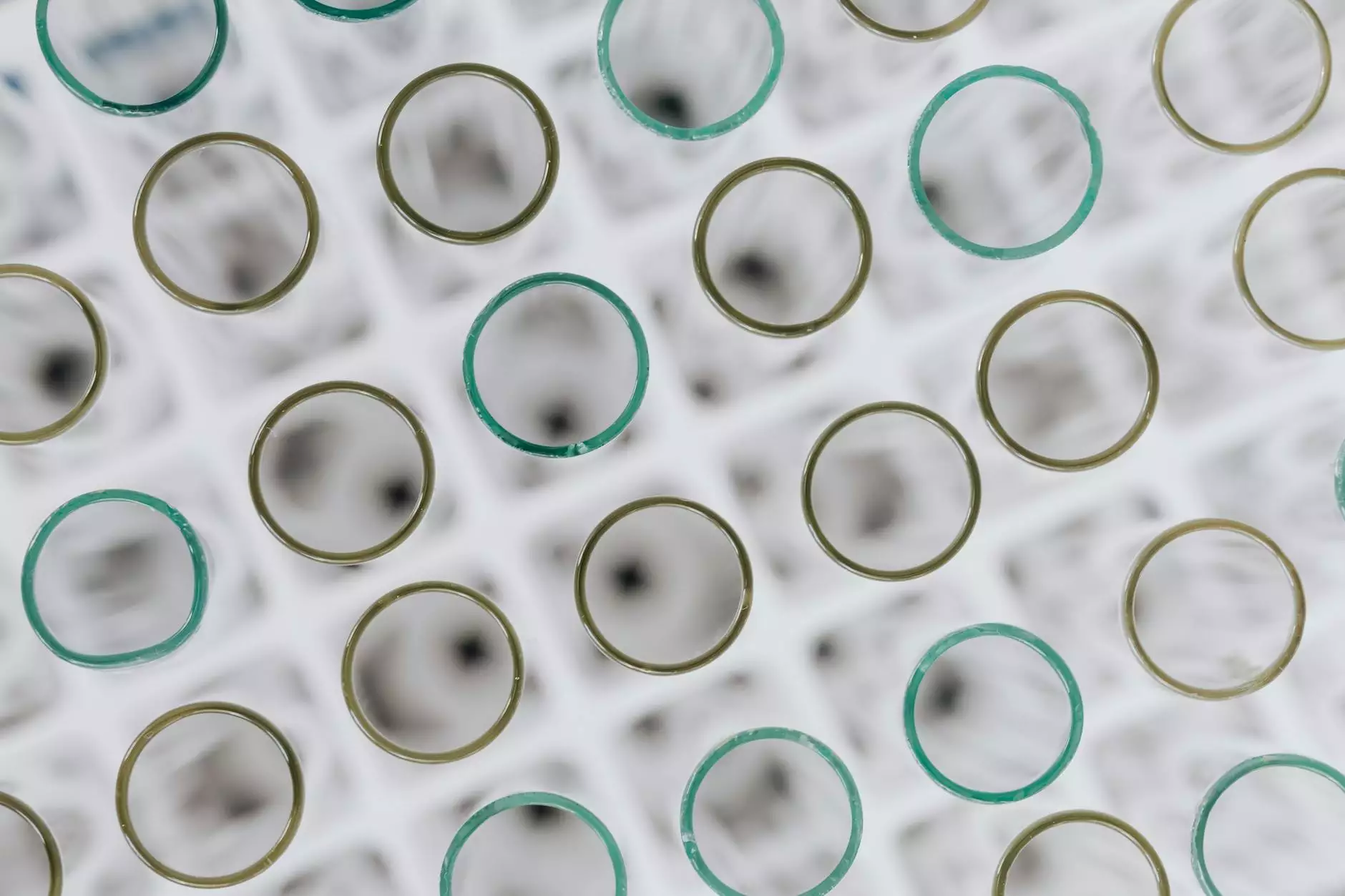The Comprehensive Guide to Western Blotting: Techniques, Applications, and Best Practices

Western blotting, a staple in molecular biology, has transformed how scientists analyze proteins. This technique allows researchers to detect specific proteins in a complex mixture, facilitating a deeper understanding of cellular processes and disease mechanisms. This article will delve into the intricacies of Western blotting, covering everything from the principles behind the technique to practical tips for optimal results.
What is Western Blotting?
Western blotting, also known as immunoblotting, is a method used to detect specific proteins in a sample through a series of key steps. It was first described in the 1970s and has since become an essential tool in biochemistry and molecular biology. The technique utilizes the unique properties of proteins, including their size and the ability to bind to specific antibodies, allowing for precise identification and quantification.
The Science Behind Western Blotting
The process begins with the separation of proteins using gel electrophoresis. This technique involves applying an electric current to a gel matrix, causing proteins to migrate based on size. Smaller proteins move faster, while larger ones lag behind. After this initial step, the proteins are transferred onto a membrane, typically made of nitrocellulose or PVDF (Polyvinylidene fluoride). This transfer allows for further manipulation and probing of the proteins using primary and secondary antibodies.
Step-by-Step Process of Western Blotting
1. Sample Preparation
Proper sample preparation is crucial for successful Western blotting. Samples must be lysed to release proteins. Typical lysis buffers often contain detergents like SDS (sodium dodecyl sulfate) to denature proteins and ensure they are in the correct conformation for separation. Additionally, protease and phosphatase inhibitors should be included to prevent protein degradation.
2. Gel Electrophoresis
Once the samples are prepared, they are loaded into a gel for electrophoresis. Commonly, SDS-PAGE (Sodium Dodecyl Sulfate Polyacrylamide Gel Electrophoresis) is utilized to separate proteins based on their molecular weight. Ensuring the right percentage of acrylamide in the gel is essential, as this will affect the resolution of protein bands. After running the gel, it’s vital to visualize the proteins, typically through a staining method to confirm adequate separation.
3. Transfer to Membrane
The next step is transferring the separated proteins from the gel to a blotting membrane. This transfer can be achieved using electroblotting, which uses an electric field to move the proteins to the membrane, or diffusion blotting, which is less commonly used but can be beneficial for delicate proteins.
4. Blocking
To prevent non-specific binding of antibodies, the membrane must be blocked. Common blocking agents include bovine serum albumin (BSA) and non-fat dry milk, which coat the membrane and minimize background noise during detection.
5. Antibody Incubation
This step involves incubating the membrane with a primary antibody that specifically binds to the target protein. Following this, a secondary antibody, conjugated to a detection enzyme or fluorophore, is applied to amplify the signal, making detection more pronounced.
6. Detection
Finally, the bound antibodies are visualized using various detection methods, such as chemiluminescence or fluorescence, allowing researchers to quantify and analyze the experimental data effectively.
Applications of Western Blotting
Western blotting is a versatile tool widely used in various fields of research. Below are some of its key applications:
- Protein Expression Analysis: To confirm the expression of proteins in different cell types or under varying experimental conditions.
- Post-translational Modifications: Detection of modifications like phosphorylation or ubiquitination.
- Pathogen Detection: Identification of viral proteins in patient samples for diagnostic purposes.
- Research on Disease Mechanisms: Understanding the roles of specific proteins in diseases like cancer or neurodegeneration.
- Antibody Validation: Assessing the specificity and efficacy of antibodies used in research.
Best Practices for Successful Western Blotting
To consistently achieve reliable and reproducible results with Western blotting, consider the following best practices:
1. Optimize Sample Loading
Carefully quantify the protein concentration in your samples before loading onto gels. Loading too much protein can lead to saturation, while too little may cause weak signals.
2. Use High-Quality Reagents
Invest in high-quality antibodies and reagents. Specificity and sensitivity can vary significantly between products, influencing the outcome of your experiment.
3. Control Your Environment
Maintain consistent laboratory conditions, including temperature and humidity levels. Environmental fluctuations can adversely affect protein stability and antibody binding.
4. Proper Blotting Time and Conditions
Adjust transfer times and voltages based on the size of your proteins to ensure efficient transfer without damaging the proteins.
5. Analyze with Appropriate Software
Use reliable image analysis software for quantifying band intensities. This will allow for better data interpretation and statistical analysis.
Challenges in Western Blotting
Despite its broad usage, Western blotting is not without challenges. Here are some common issues researchers may face:
- Non-specific Binding: This can lead to high background noise and false positives. Proper blocking and antibody dilutions can help mitigate this issue.
- Pseudobands: Sometimes, bands may appear that do not represent actual proteins. This is often due to artifacts or improper running of the gel.
- Weak or Inconsistent Signals: Variability in chemiluminescence can lead to inconsistent results. Always calibrate and control conditions when using detection systems.
- Protein Stability: Degradation of proteins during sample preparation can alter results. Using fresh samples and appropriate inhibitors will enhance stability.
The Future of Western Blotting
As research continues to evolve, so too does the field of Western blotting. Innovations such as multiplexing – allowing for the detection of multiple proteins in a single lane – are transforming the technique. Additionally, advancements in imaging technologies promise to increase sensitivity and quantification accuracy, making Western blotting even more indispensable in scientific research.
Conclusion
In conclusion, Western blotting remains a fundamental technique with significant implications for biological research and diagnostics. Mastering the art of Western blotting requires attention to detail, understanding the principles behind each step, and continuous adaptation to new technologies. By implementing best practices and staying abreast of advancements, researchers can extract valuable insights into protein function and regulation, furthering our understanding of complex biological systems.
For further information on high-quality products and resources to streamline your Western blotting processes, visit Precision BioSystems.
western blotter








